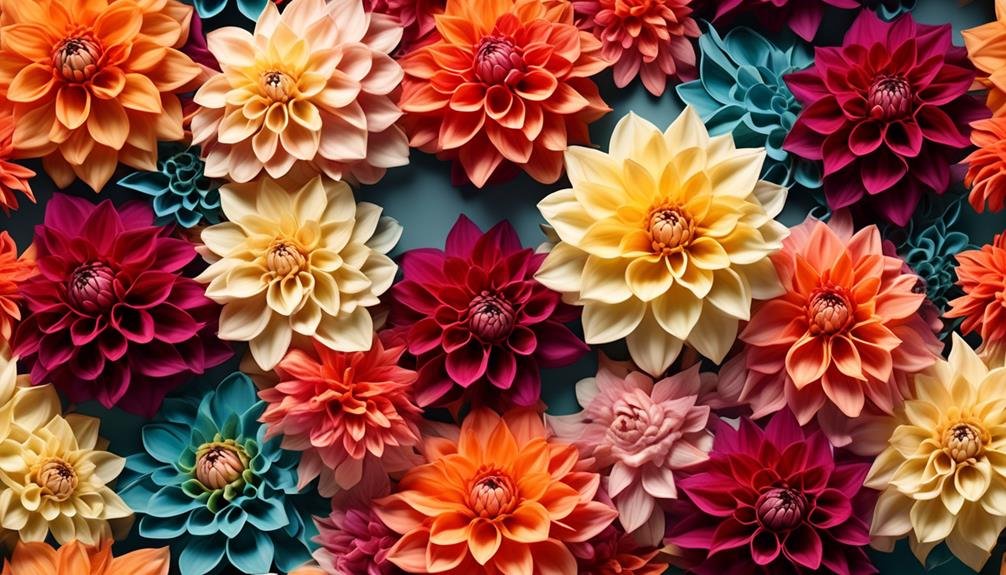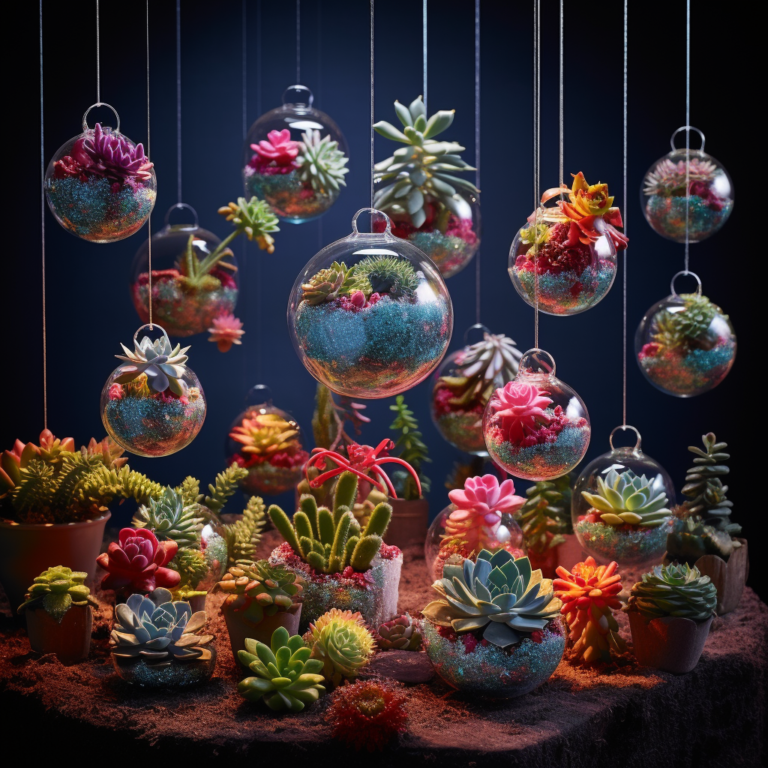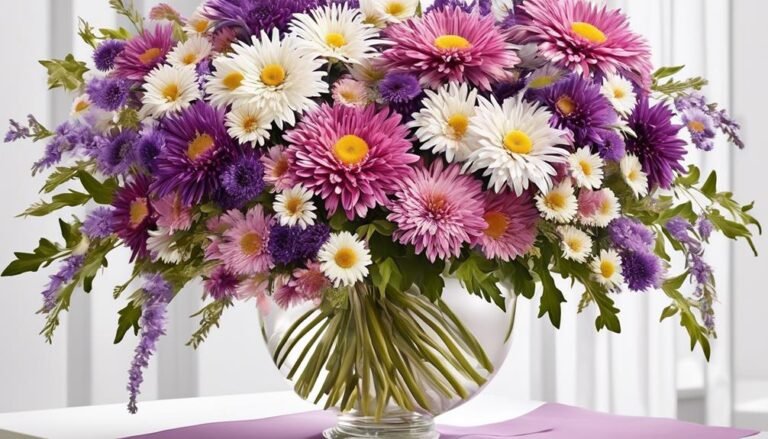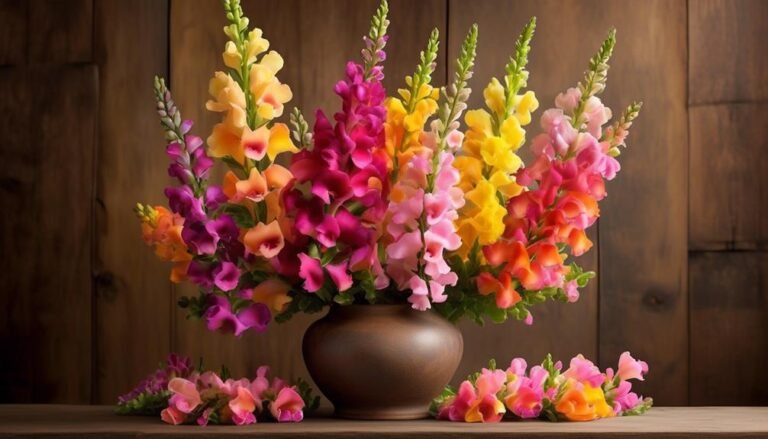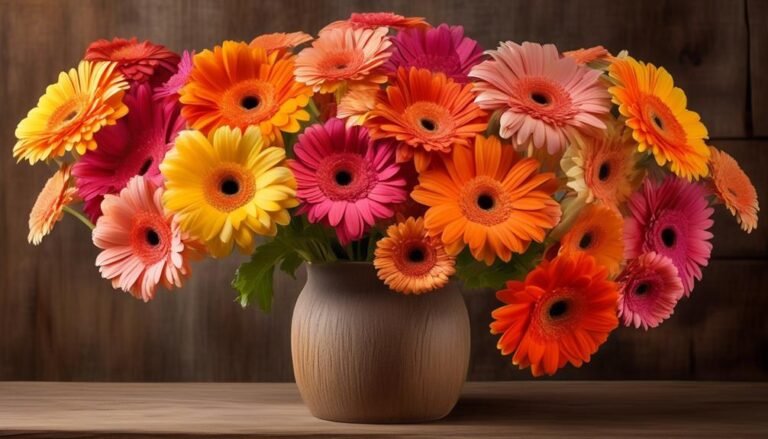Popular Types of Florist Flowers – Dahlia
The dahlia is a botanical wonder known for its vibrant colors, diverse shapes, and various sizes, making it a popular choice among florists. This captivating flower offers a wide array of possibilities for floral arrangements, appealing to flower enthusiasts and casual admirers alike.
With its rich historical significance and scientific intricacies, the dahlia continues to fascinate and inspire. Let's explore the unique characteristics of this stunning bloom and the endless potential it holds for creating breathtaking floral displays.
Scientific Name
The dahlia, scientifically known as Dahlia, is a vibrant and diverse flower species belonging to the Asteraceae family, which also includes daisies and sunflowers. There are over 42 different species of dahlias, showcasing remarkable diversity in size, shape, and color. Native to the highlands and mountains of Mexico and Central America, dahlias have been cultivated and hybridized for centuries.
Anders Dahl, an 18th-century Swedish botanist, is honored through the genus name Dahlia. The plant was discovered by Spanish botanists and priests in the late 18th century, and its tubers were later sent to Europe for further examination. By the 19th century, dahlias were widely celebrated in gardens and exhibitions across Europe.
In Mexico, the dahlia holds great cultural significance as the national flower, deeply embedded in the country's traditions and often used in religious ceremonies and celebrations.
Background History
The dahlia, originating from the highlands and mountains of Mexico and Central America, has a rich historical significance deeply intertwined with its cultural symbolism and global cultivation.
The Aztecs, who called the flower 'cocoxochitl' or 'water cane', used its hollow stems for water pipes and its tubers as a primary ingredient in their diet. The dahlia was also valued as a symbol of luxury and elegance, reserved for the elite and nobility among the Aztecs.
When Spanish conquistadors arrived in Mexico in the 16th century, they discovered the dahlia and introduced it to Europe, where it gained popularity and spread globally.
The dahlia's journey from its indigenous roots to its widespread cultivation across the world showcases its enduring appeal and cultural importance. Celebrated in various cultures for its beauty, diversity, and symbolism, the dahlia has cemented its place as a beloved flower with a rich historical tapestry.
Physical Description
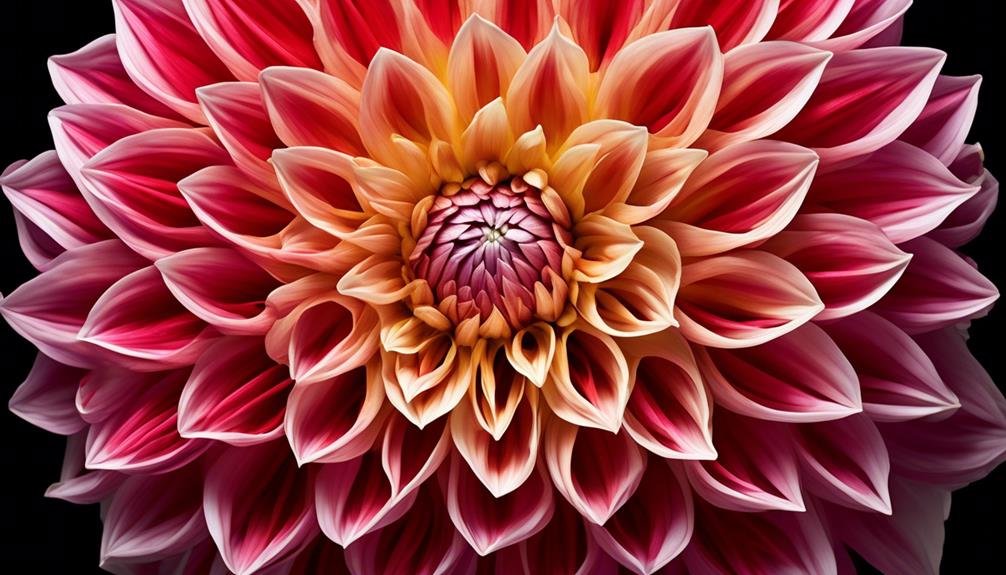
Dahlia flowers are known for their diverse range of colors, sizes, and petal shapes, making them a popular choice among gardeners and flower enthusiasts. With various petal shapes, including large, lush, and fully double blooms, small, tightly rolled petals, and spherical-shaped blooms, dahlia flowers add an element of intrigue and complexity to floral arrangements. They come in a wide range of sizes, with flower diameters ranging from 2 inches to over 12 inches, and in a multitude of colors, such as warm bronzy gold, soft watermelon, rosy-pink, and coral-peach, providing versatile options for different color palettes.
Dahlia flowers are perfect for creating captivating bouquets, stunning centerpieces, and eye-catching floral displays. Their unique and dramatic appearance makes them ideal for both focal points and mixed arrangements, elevating any floral design with their striking presence.
Colours and Characteristics
Dahlias come in a wide range of vibrant colors, including warm peach, coral, apricot, and bright peachy tones, making them a sought-after choice for floral arrangements. Their versatility extends beyond color, with some varieties producing small to medium-sized blooms ideal for delicate arrangements, while others offer large, showy flowers perfect for a focal point display.
The sturdy stems of certain dahlia varieties make them suitable for larger, extravagant arrangements, where their blooms can take center stage without depleting their availability. This makes them an excellent choice for creating full, lush arrangements. The wide array of vibrant colors and versatile characteristics of dahlias allows for endless creativity when designing floral arrangements, whether aiming for a soft, pastel color palette or a bold, striking display.
Furthermore, the ability to collect seeds from mature flowers enables the creation of new dahlia varieties, expanding the color and form options available for floral designs.
Varieties Available
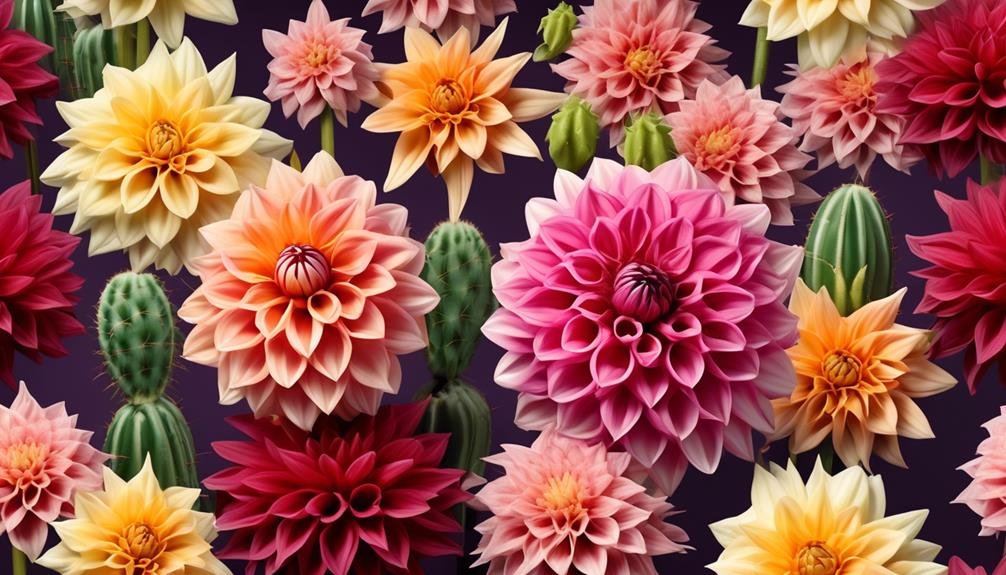
Dahlias come in a wide range of colors, sizes, and forms, offering a diverse selection for floral arrangements to cater to various preferences and design needs. Here are some popular dahlia varieties and their unique characteristics:
- Bracken Rose:
- Stunning pink blooms with a hint of lavender, perfect for adding a soft touch to any arrangement.
- Delicate petals and subtle fragrance evoke a sense of tranquility and grace.
- Caitlins Joy:
- Vibrant yellow blooms and sturdy stems bring a sense of cheerfulness and positivity to any floral display.
- Bright color and sturdy form make it an excellent choice for arrangements that need to convey a sense of energy and joy.
- Chimacum Troy:
- Deep red, almost maroon, blooms exude a sense of elegance and sophistication, making it an excellent choice for more formal floral arrangements.
- Rich color and classic form make it a popular choice for weddings and other special events.
These dahlia varieties cater to a wide range of design needs and preferences, making dahlia arrangements a popular choice for various occasions. Whether it's a delicate pink, a vibrant yellow, or a deep red, there's a dahlia variety to suit every emotion and atmosphere.
Seasonal Availability
Dahlias are in season from mid-summer to fall, making them a popular choice for late summer and early autumn floral arrangements. They bloom abundantly during the peak of summer, offering a wide range of vibrant colors and forms. As the season transitions into fall, dahlias continue to flourish, providing a colorful and versatile option for floral designs and garden displays.
Their availability makes them an excellent choice for creating vibrant floral arrangements for late summer events and weddings. With their wide array of colors and forms, dahlias allow for the creation of stunning and eye-catching designs that capture the essence of the late summer season. Additionally, utilizing dahlias in fall floral designs adds warmth and vibrancy to the overall aesthetic, making them well-suited for the autumn season.
Dahlias' availability well into the autumn months ensures that they can be used to bring life and color to seasonal floral compositions, making them a favored option for creating striking displays during this time of the year. Their stunning blooms and diverse range of varieties and colors add charm to any occasion, making them a highly sought-after choice for late summer and early autumn floral arrangements.
Care Tips
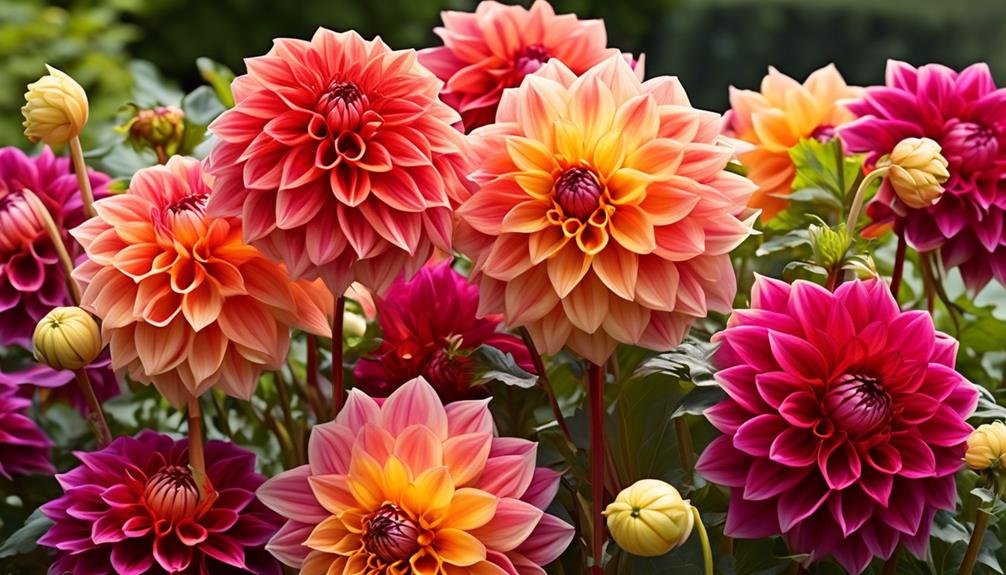
Dahlias are lovely flowers that thrive when given proper care. Here's how to ensure your dahlias stay healthy and vibrant:
Propagation:
- Divide tubers: In early spring, divide dahlia tubers with eyes and plant them individually to propagate new plants.
- Stem cuttings: Take stem cuttings from healthy dahlia plants in spring or early summer, and root them in a well-draining medium to propagate new plants.
Pests and Diseases:
- Pests: Keep an eye out for common pests like slugs and aphids. Use organic pest control methods such as introducing beneficial insects or applying neem oil.
- Diseases: Watch for powdery mildew and botrytis. Ensure good air circulation, avoid overhead watering, and promptly remove any infected plant material to prevent the spread of diseases.
What are the differences between Dahlia and Jasmine flowers in terms of popularity and usage in floristry?
When it comes to popularity and usage in floristry, Dahlia and Jasmine flowers differ in several ways. Dahlia is widely favored for its vibrant colors and diverse forms, while various types of jasmine flowers are cherished for their fragrant and delicate white blossoms, often used in wedding bouquets and garlands.
Conclusion
The dahlia flower is a popular choice for florists and gardeners due to its wide range of colors, sizes, and shapes. Its vibrant and showy blooms make it a standout addition to any floral arrangement or garden. With proper care, dahlia flowers can thrive and bring joy with their stunning display of colors.
Whether used in a bouquet or as a focal point in a garden, the dahlia is a versatile and beautiful flower that adds a pop of color and elegance to any space. With over 42 species and thousands of cultivars, dahlias offer a diverse selection of shapes and sizes, making them a versatile option for various floral designs.
